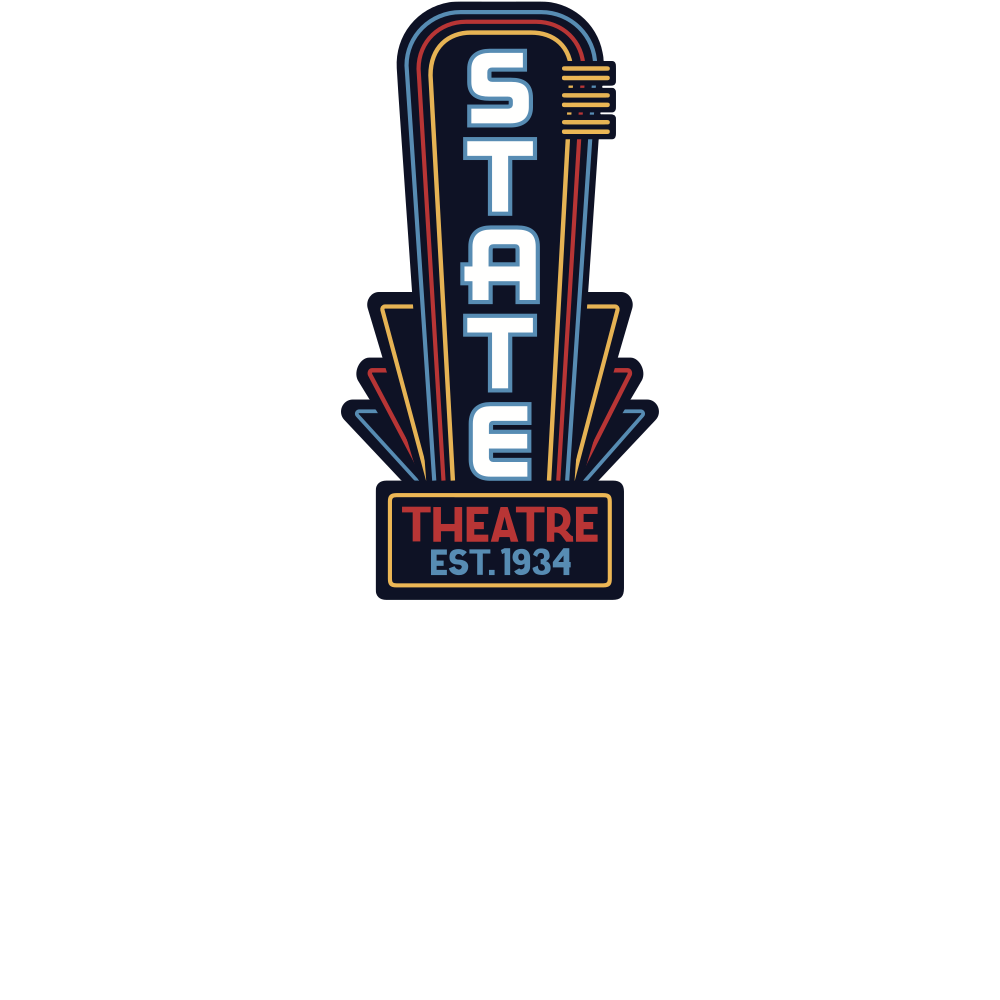Modesto’s State Theatre has borne witness to a vibrant city of more than 216,000 springing up around it, and the demise and demolition of eight of its fellow movie palaces – The Star, Isis, Dreamland, Auditorium, Richards (which later became the National, Princess and finally The Covell), The Strand, The Lyric (later named The Esquire), The La Loma, and The Modesto, all constructed from the turn of the century to the late ‘20s. Rather than succumbing to the wrecker’s ball, The State experienced a metamorphosis from a movie theater to a performing arts venue and community center. Over the years there have been remodels, changing owners, various governing boards, a stint as Cine Mexico, and perhaps most notable and remarkable- its complete renovation in 2005 under new ownership, a nonprofit corporation. The project became a glorious tribute to the community, one Modesto residents will be proud of for decades to come.
With continued updates to the facade, sound system, marquee and lobby, The State Theatre now rivals its more modern counterparts in luxury and modern conveniences. But when you step into the house (the 550-seat auditorium) you quickly realize, there’s no other place in Modesto like it. The Art Deco-era splendor, as designed by noted architect S. Charles Lee (1899-1990), still remains. The towering sconces, the larger-than-life, gold-leafed embellishments throughout, the hand-painted murals, are all decorative elements dating from 1934 when the theater was presented on Christmas Day to an appreciative, rural community drawn to the glamour, excitement and escape only Hollywood movies could provide. Flirtation Walk, starring Ruby Keeler and Dick Powell, drew crowds to what was described as a 21-gun salute to youth and gallantry, the big screen’s first military musical, and to the newest theater in town, a marvel of Art Deco design constructed at a cost of $100,000 by local builder harry Brown.
The State’s designer, a Chicago-born architect and early proponent of Art Deco and Moderne style theaters, went on to become recognized as one of the most prolific and distinguished motion picture theater designers on the West Coast. After moving to Los Angeles in1922, his first major movie palace was the Tower Theatre, a Spanish-Romanesque-Moorish design that launched a career that would make Lee the principal designer of motion picture theaters in Los Angeles during the 1930s and 1940s. He is credited with designing over 400 theaters throughout California and Mexico, including The State and Fresno’s Tower Theatre (1939). Admission was 25 cents and air conditioning – a welcome novelty in a farming town situated in the sun-drenched Central Valley – was a major selling point for the city’s newest movie and certainly most modern movie palace. The State’s governing body continually searches for ways to keep the theater relevant, its programming fresh and its films a reflection of the industry’s most thoughtful – and thought-provoking – work.
Most recently, The State debuted The Jewel, an intimate 25 seat, state of the art screening room, located right next door to The State. Often described as a mini replica of The State it showcases its own gold leafed embellishments and hand-painted murals. There are always changes afoot at The State, but a few things remain the same: hospitality is key and audiences still thrill to the splendor of an Art Deco theater with one foot planted in Modesto’s history, and the other pointed squarely toward her future.

